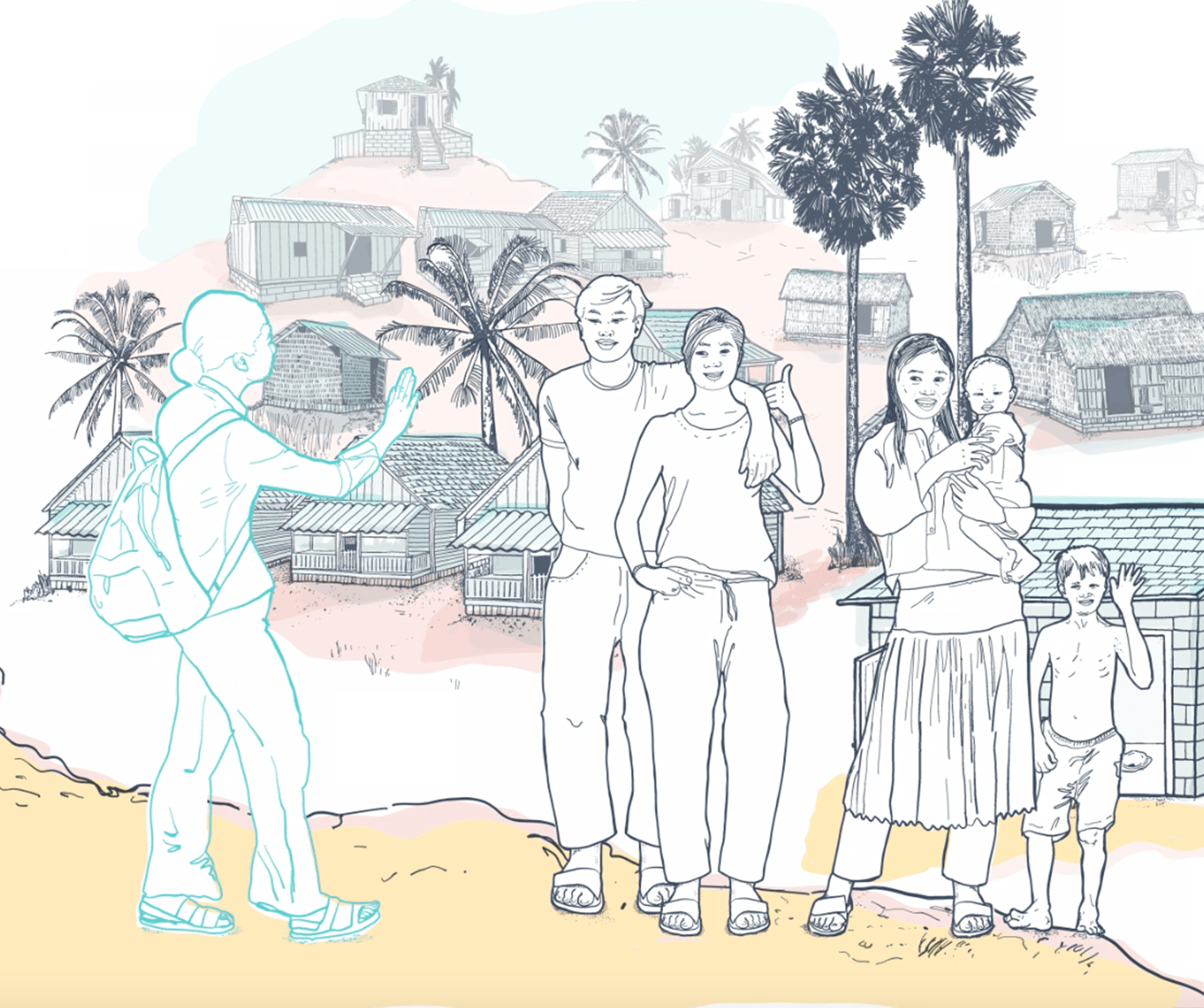Over half the world’s population now lives in urban areas and a large proportion of them live without improved sanitation. Efforts to tackle open defecation (OD) in rural areas have been led by the community-led total sanitation (CLTS) movement. But how can its community mobilisation techniques be adapted to the more complex situations and transient populations in urban areas? How can landlords as well as tenants be motivated to provide and use safely managed sanitation services?
Innovations for Urban Sanitation has been developed in response to calls from practitioners for practical guidance on how to mobilise communities and improve different parts of the sanitation chain in urban areas. Urban CLTS (U-CLTS) is potentially an important piece of a bigger puzzle. It offers a set of approaches, tools and tactics for practitioners to move towards safely managed sanitation services. This book provides examples of towns and cities in Africa, South Asia and Southeast Asia that have used these approaches.
The approach has the potential to contribute not only to Sustainable Development Goal (SDG) 6 on water, sanitation and hygiene and SDG 11 on cities, but also to goals around reducing inequalities and promoting inclusive societies. As a pro-poor development strategy, U-CLTS can mobilise the urban poor to take their own collective action and demand a response from others to provide safely managed sanitation, hygiene and water services that leave no one behind.









